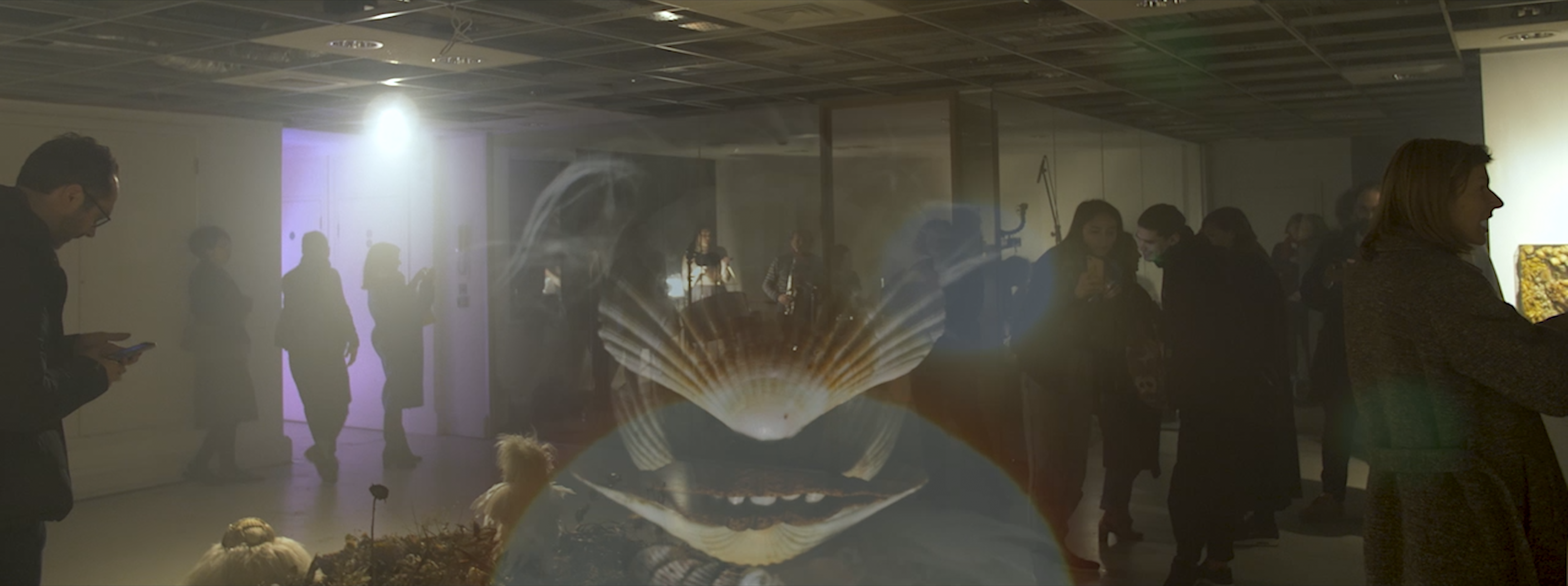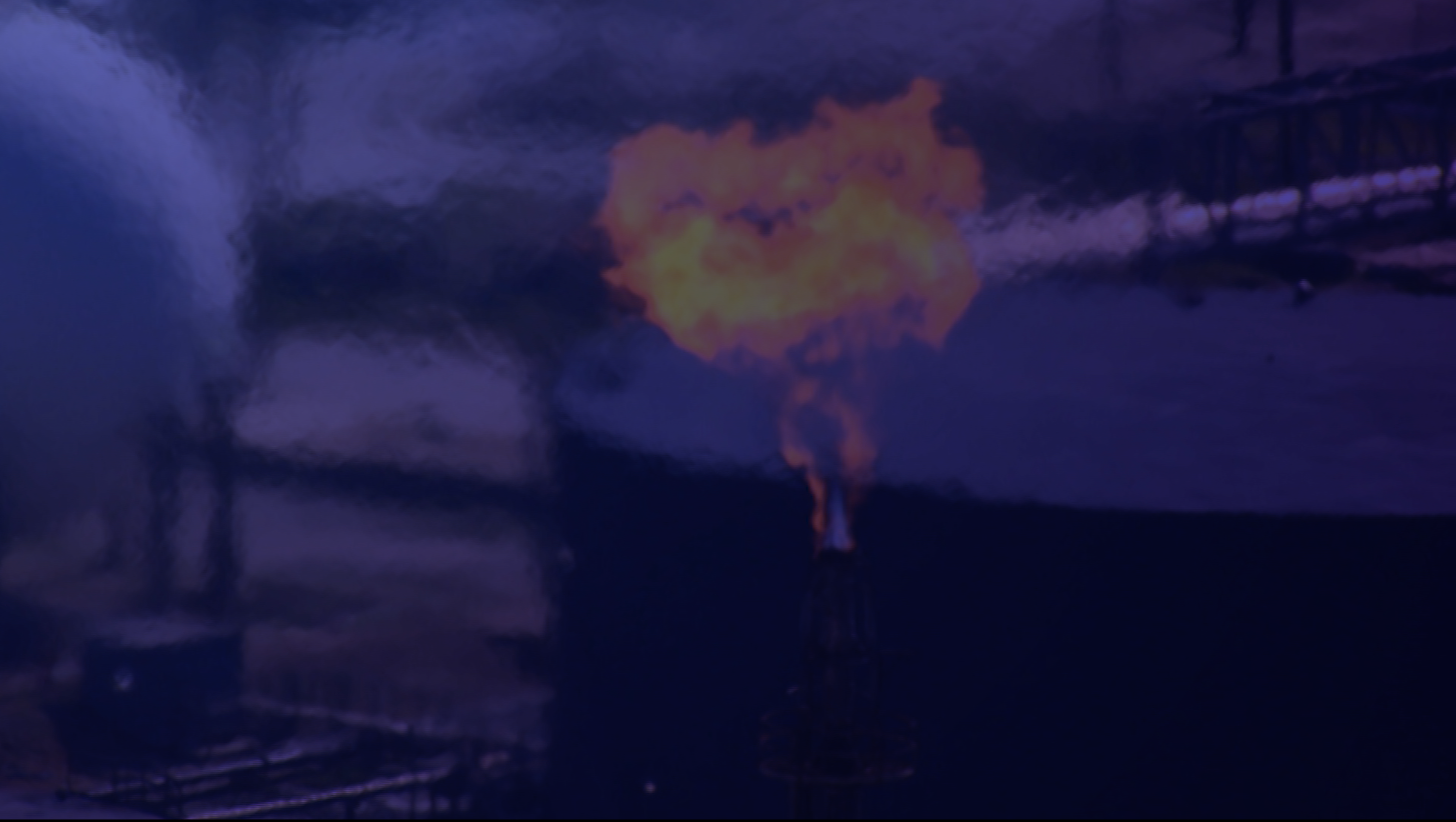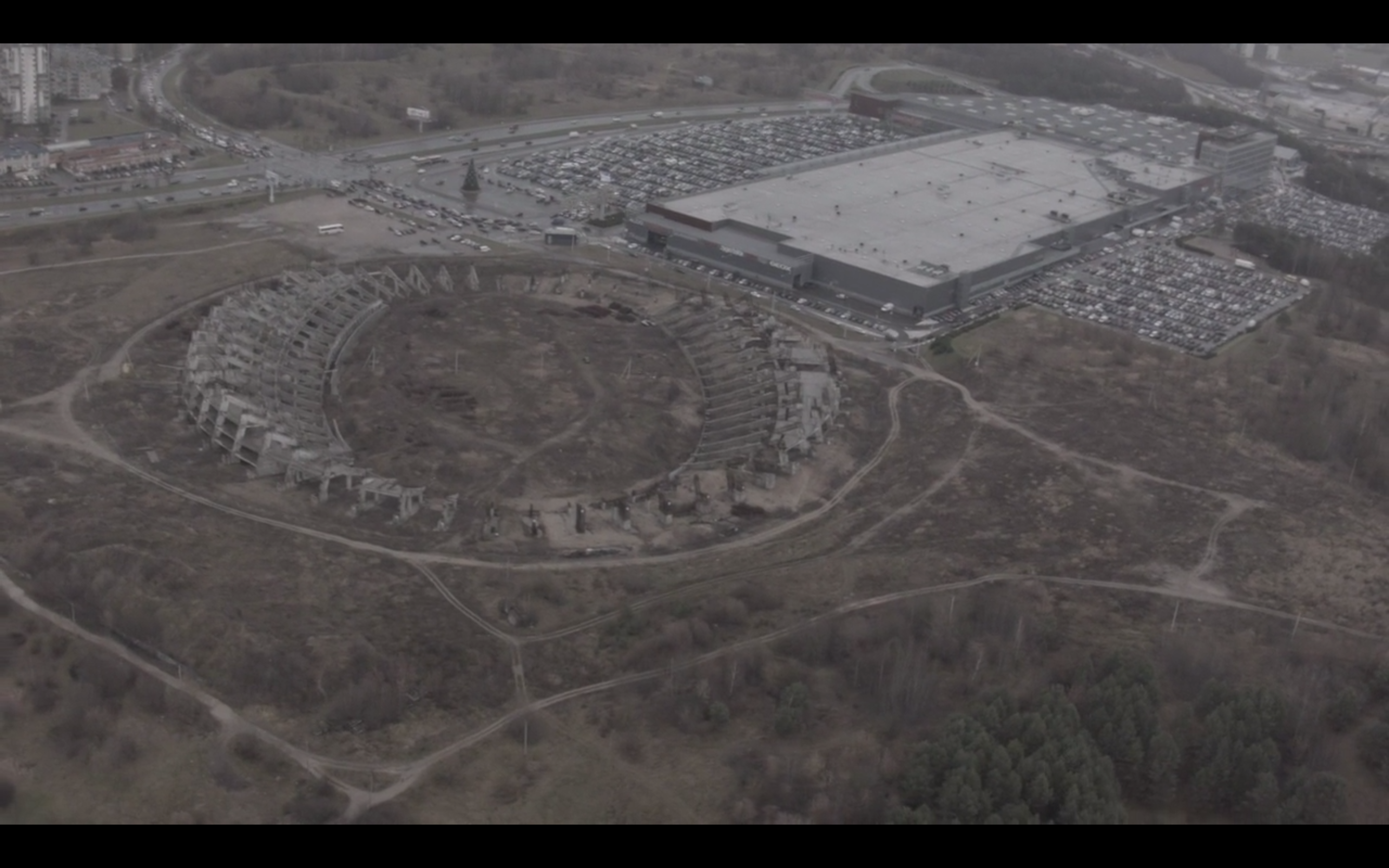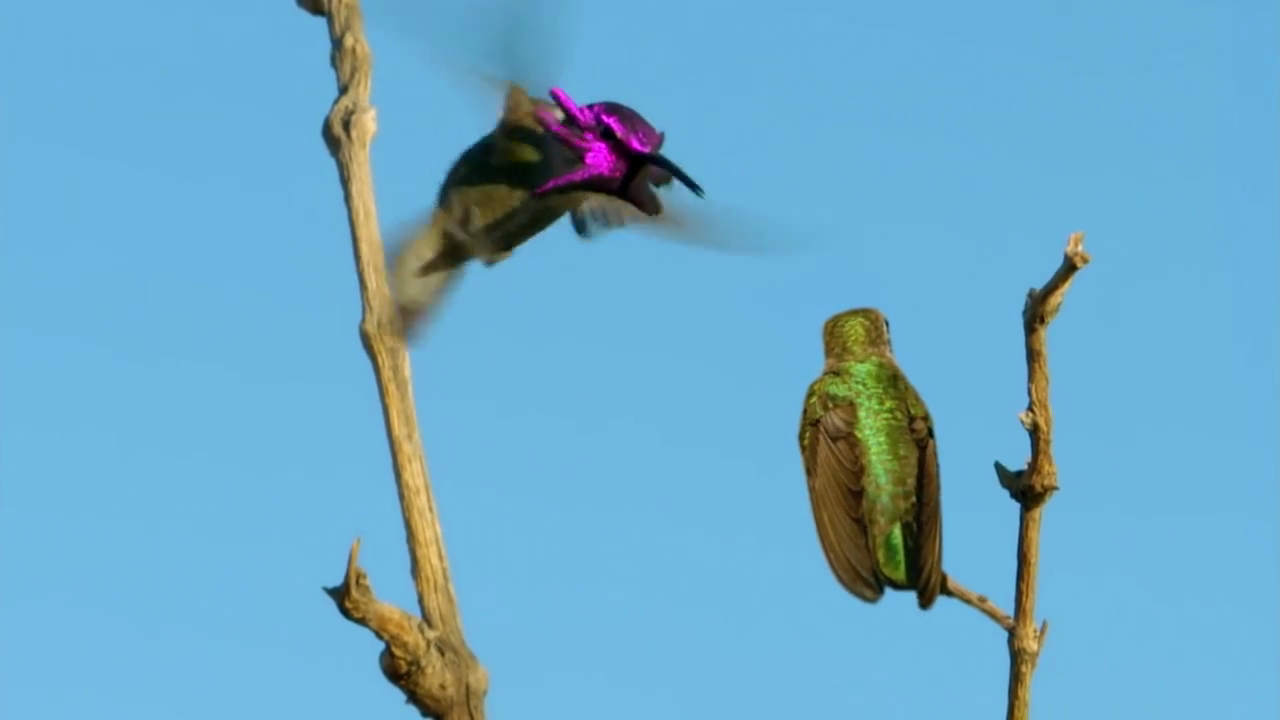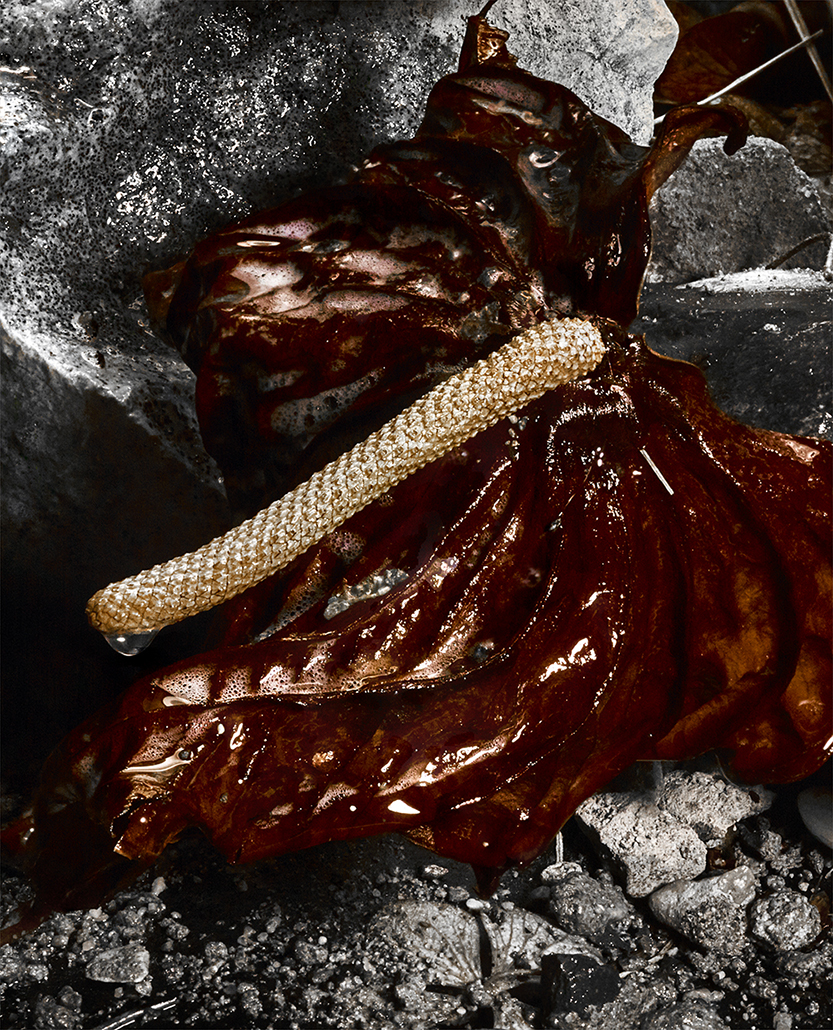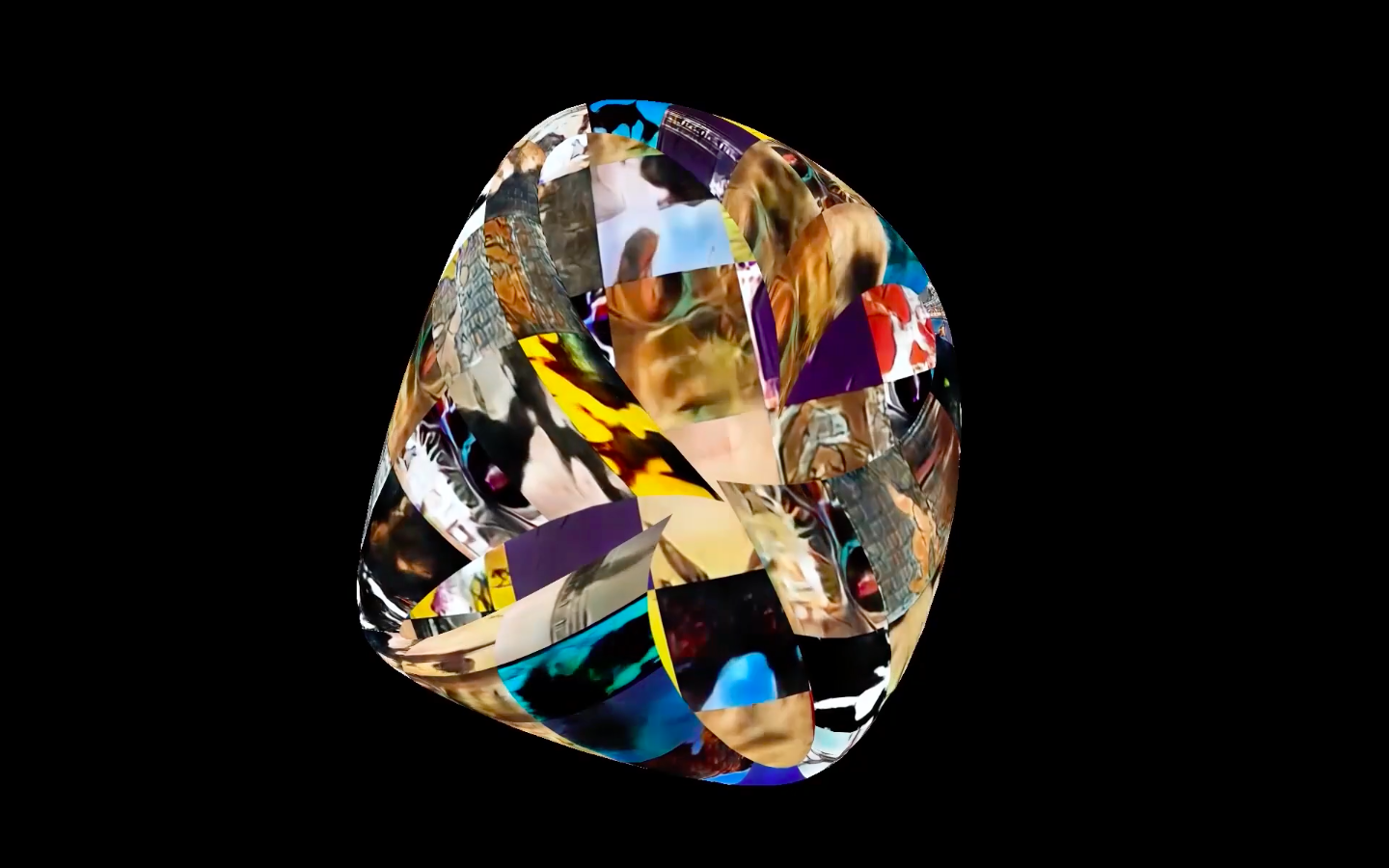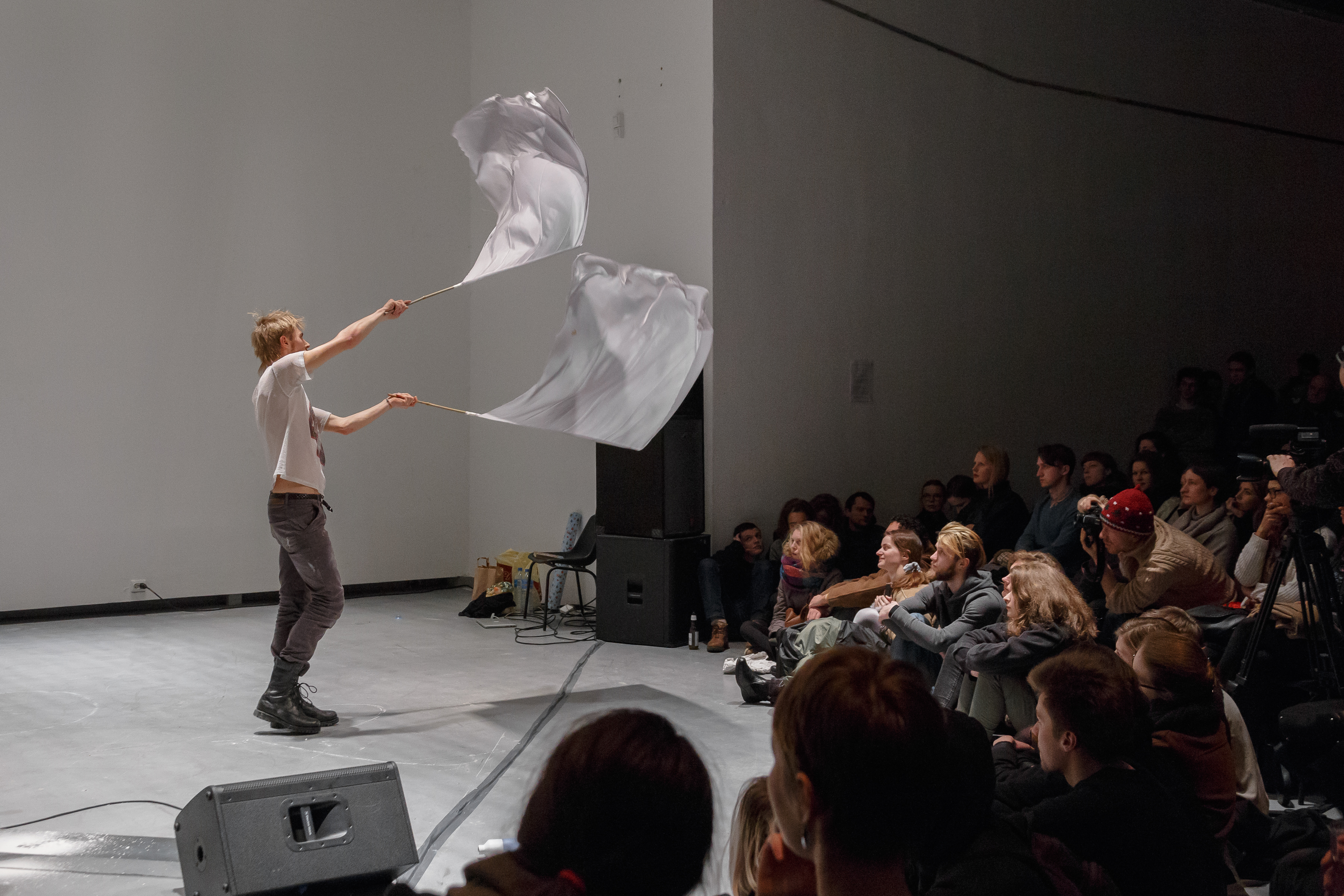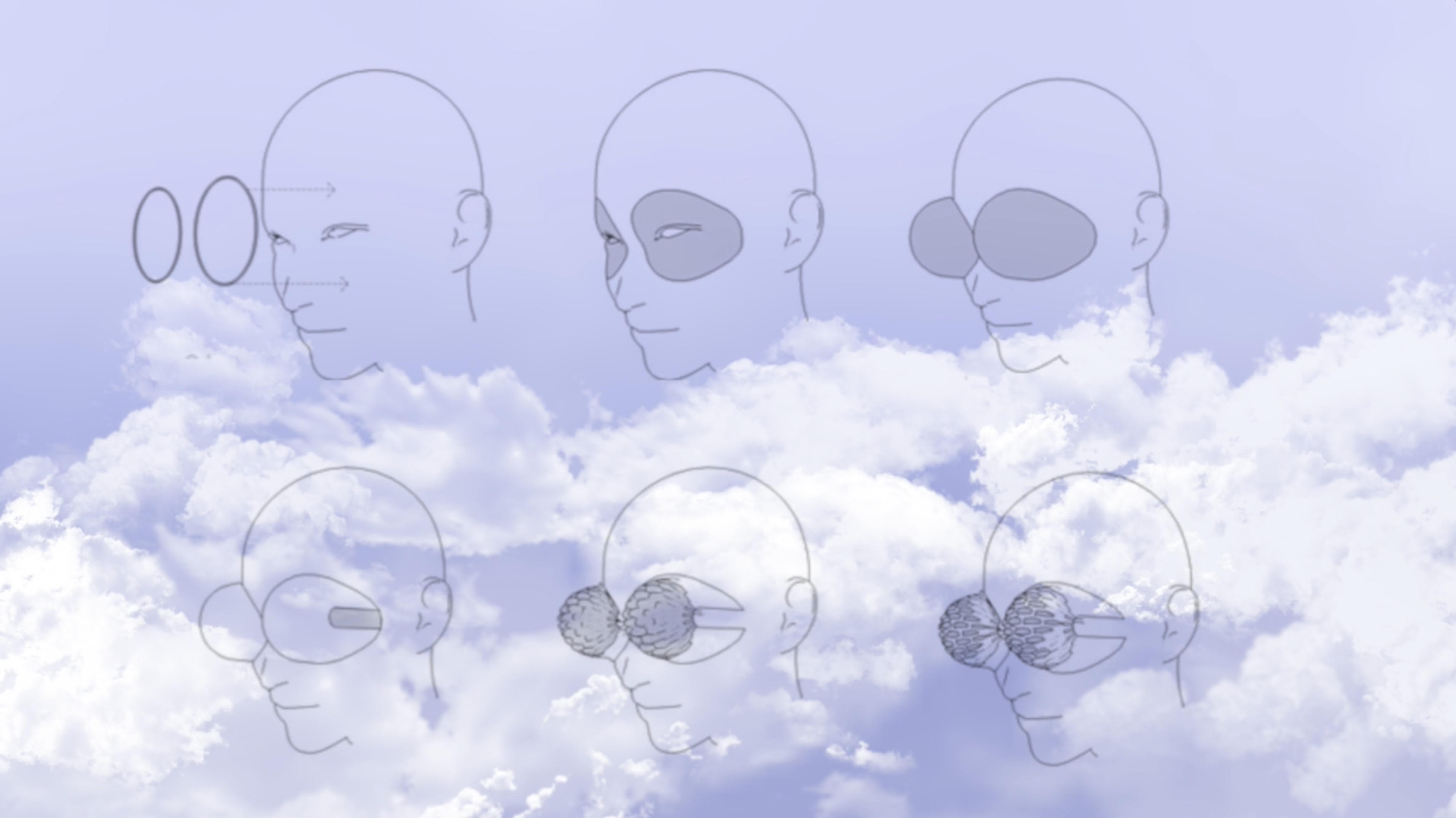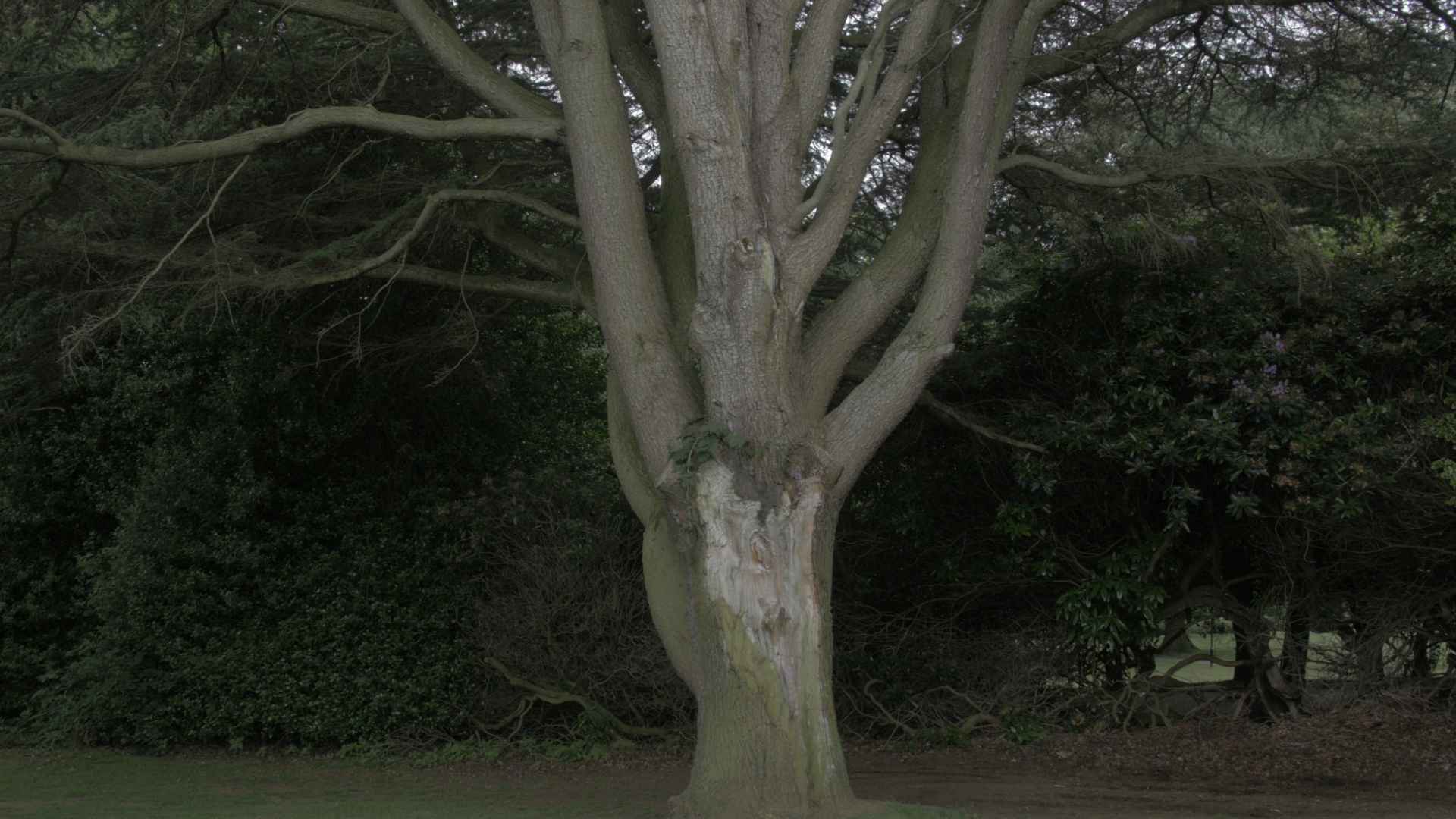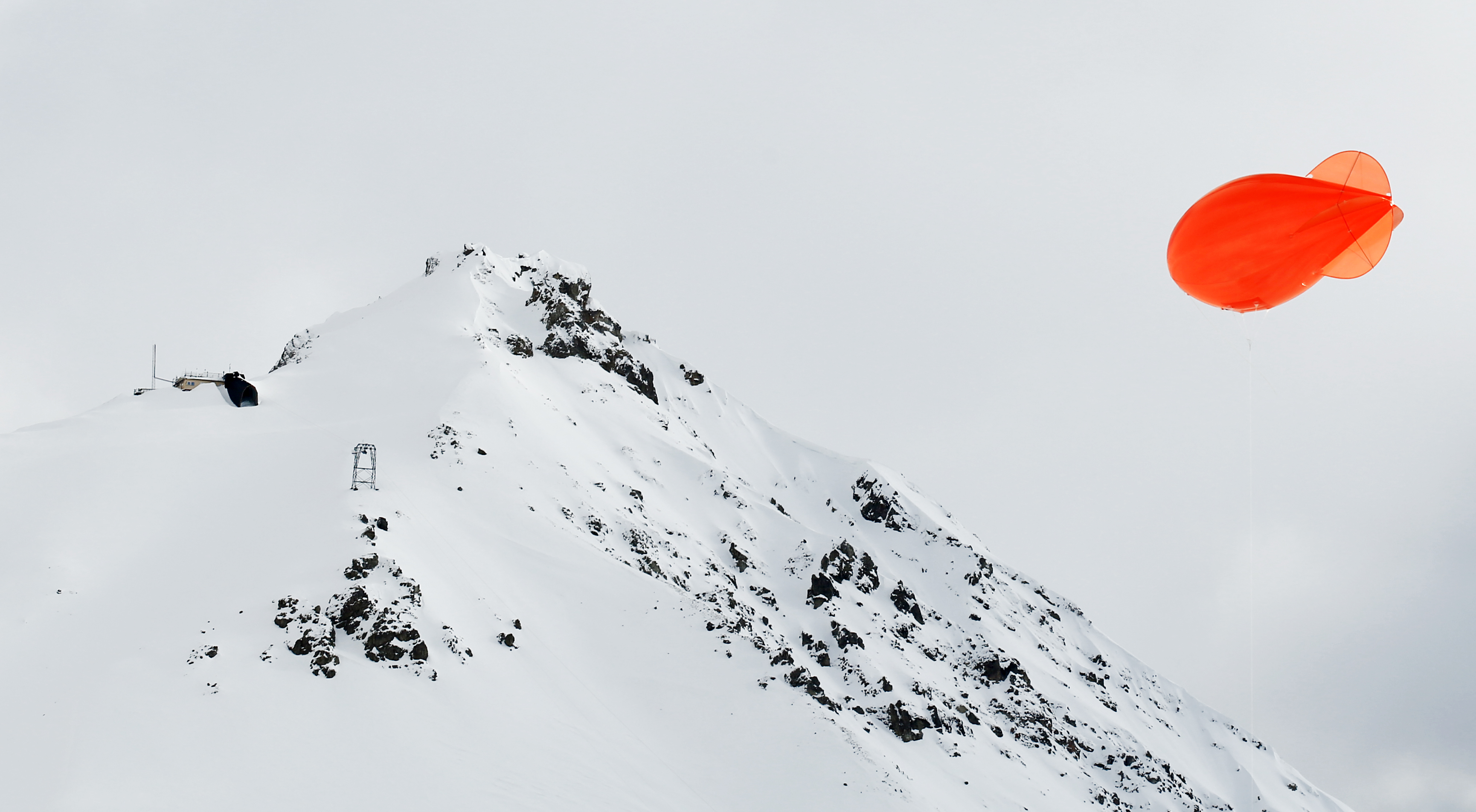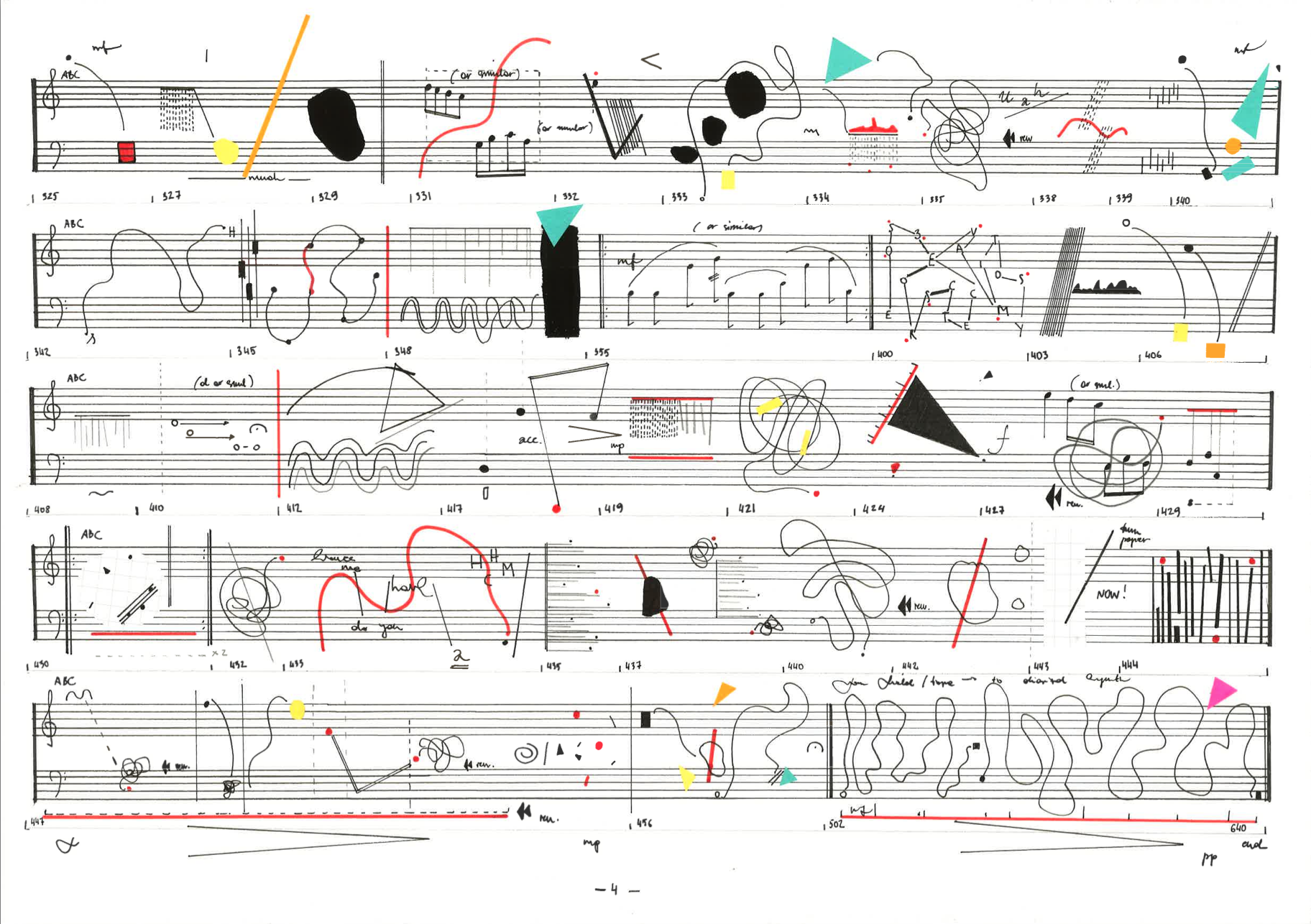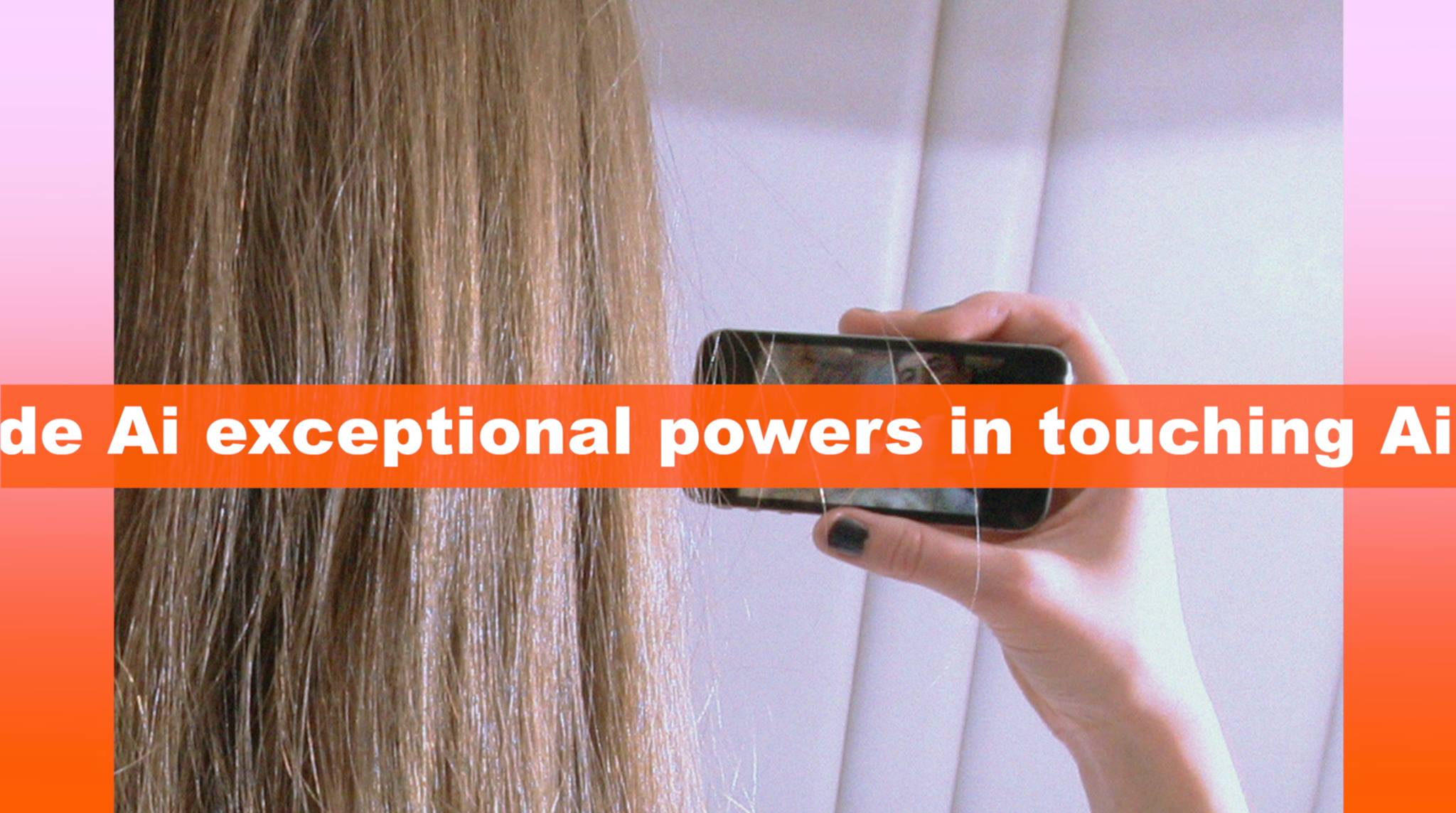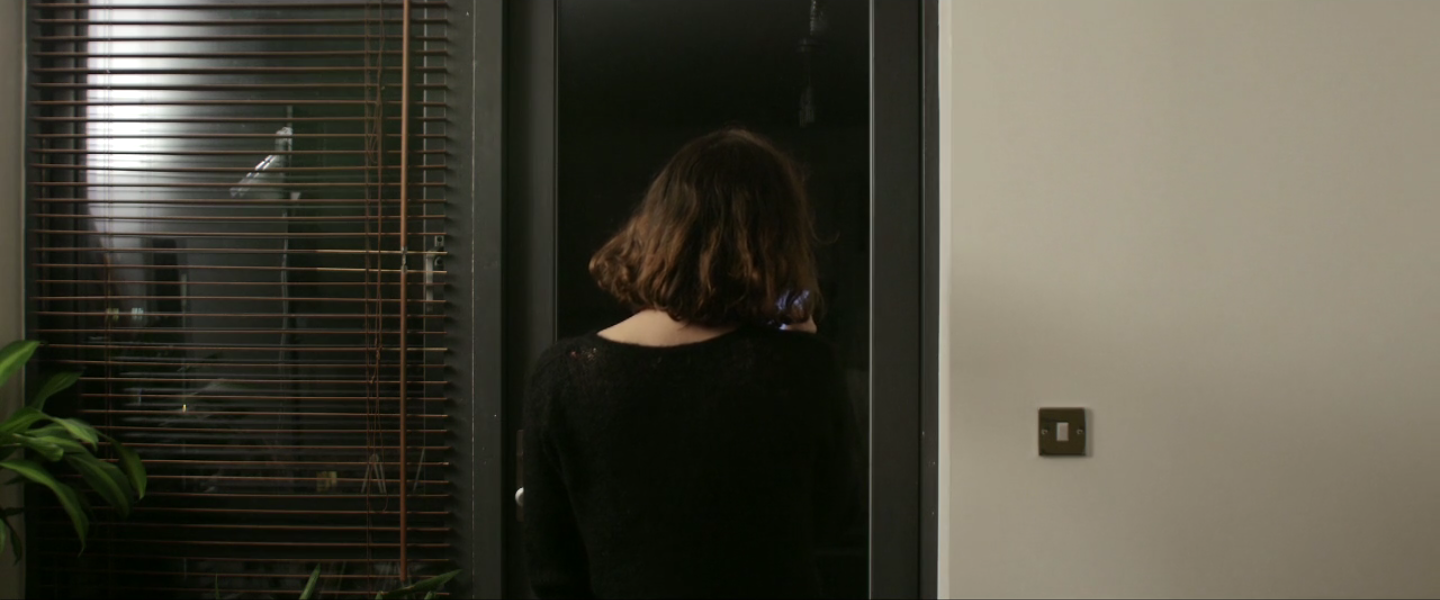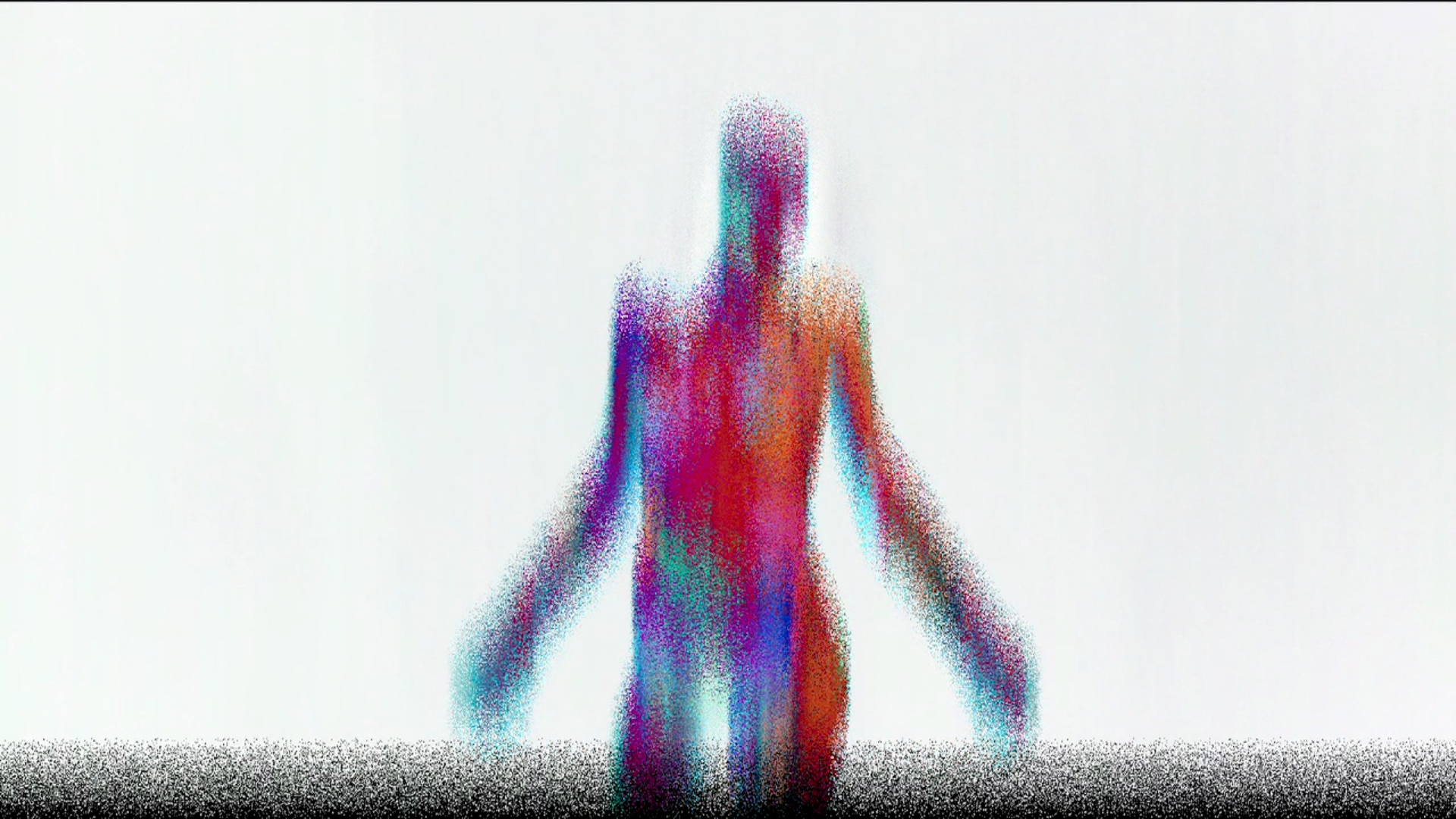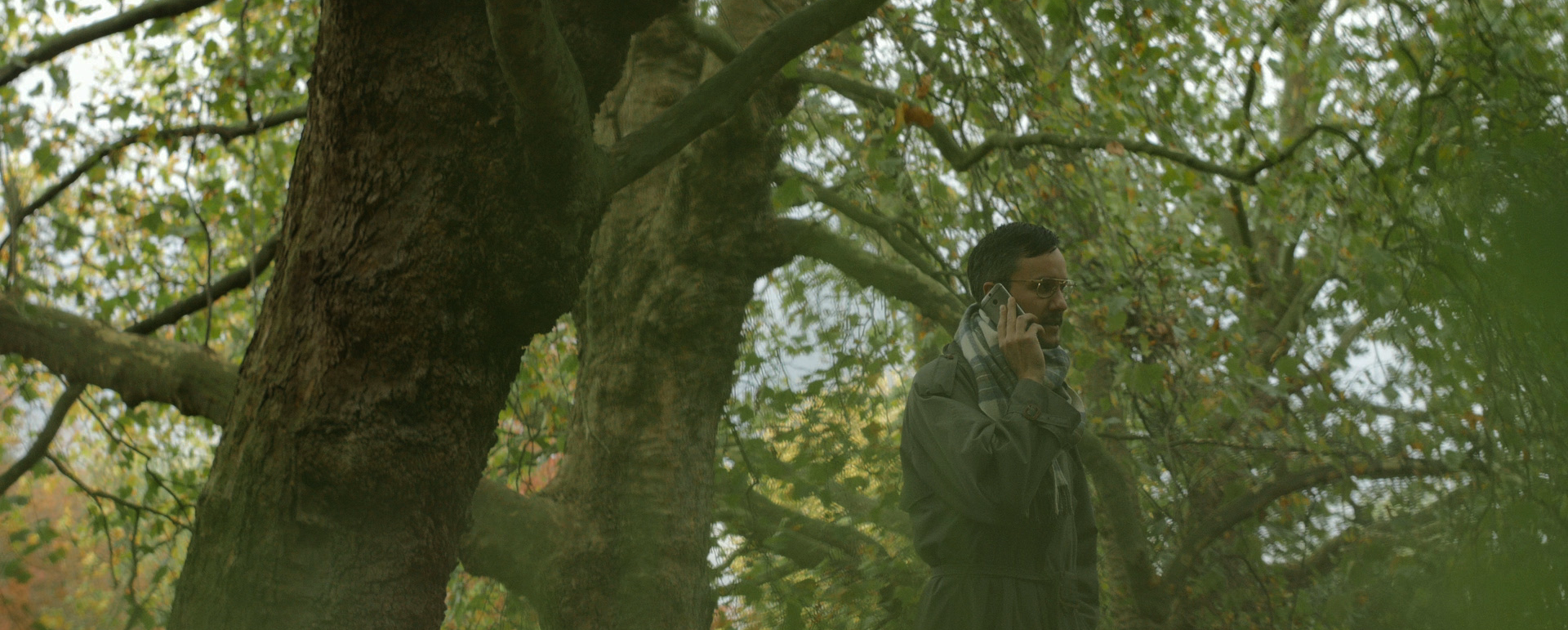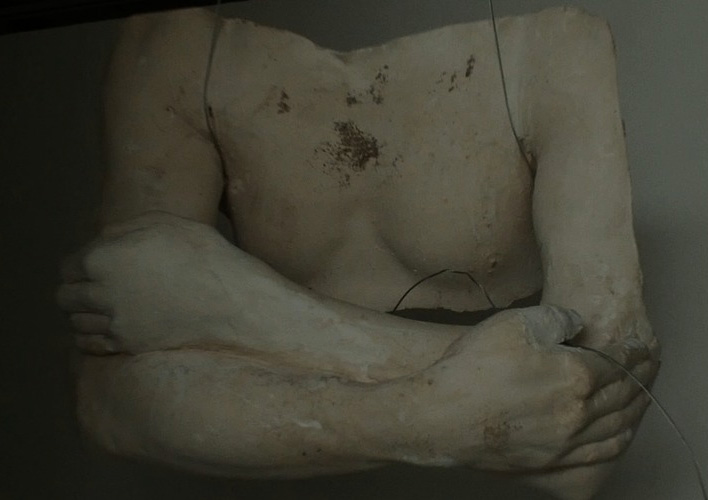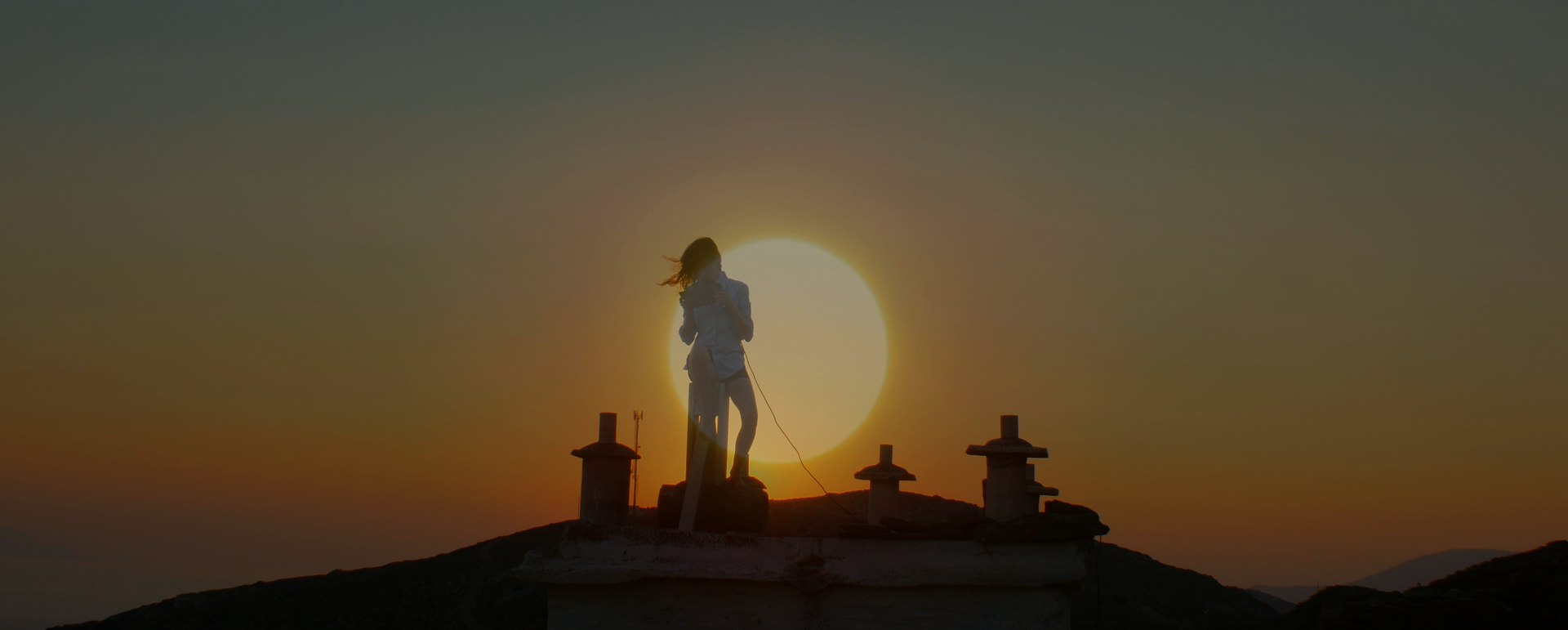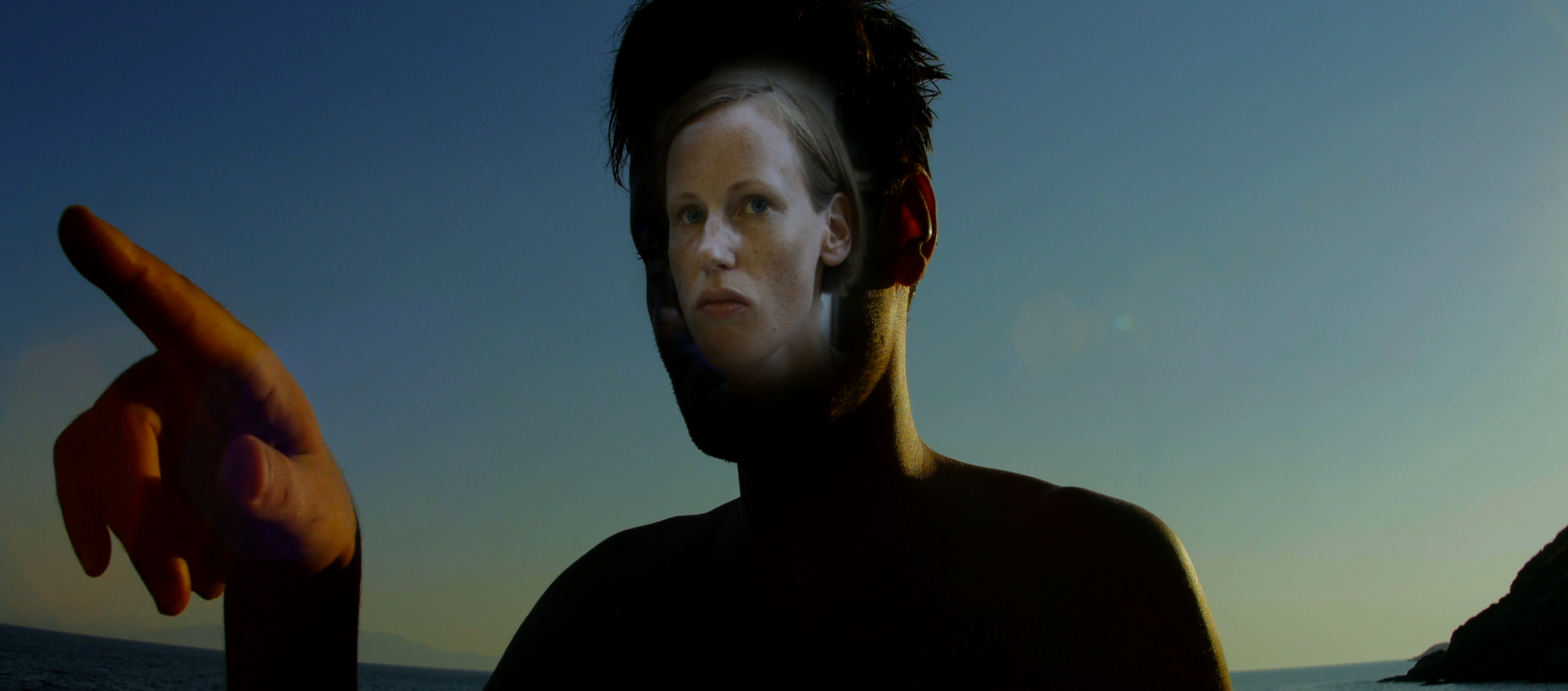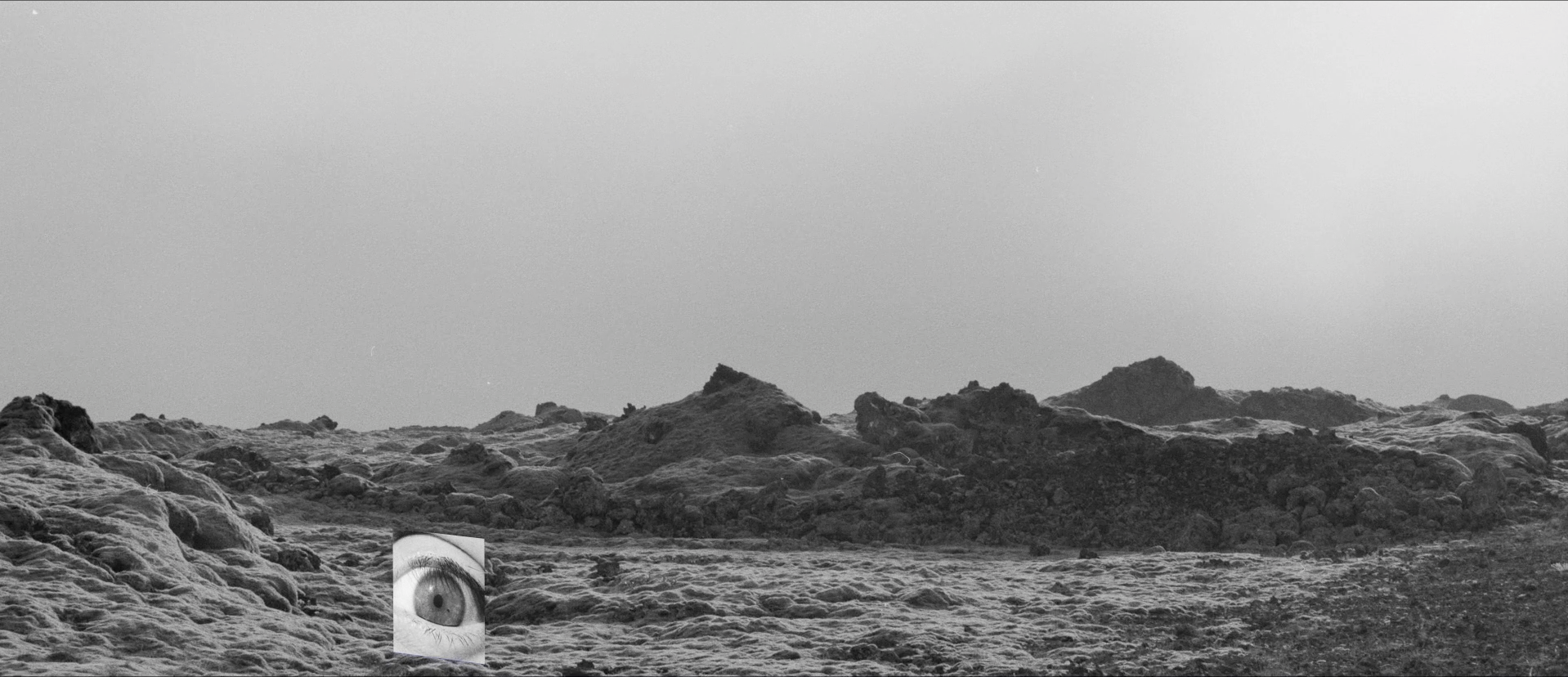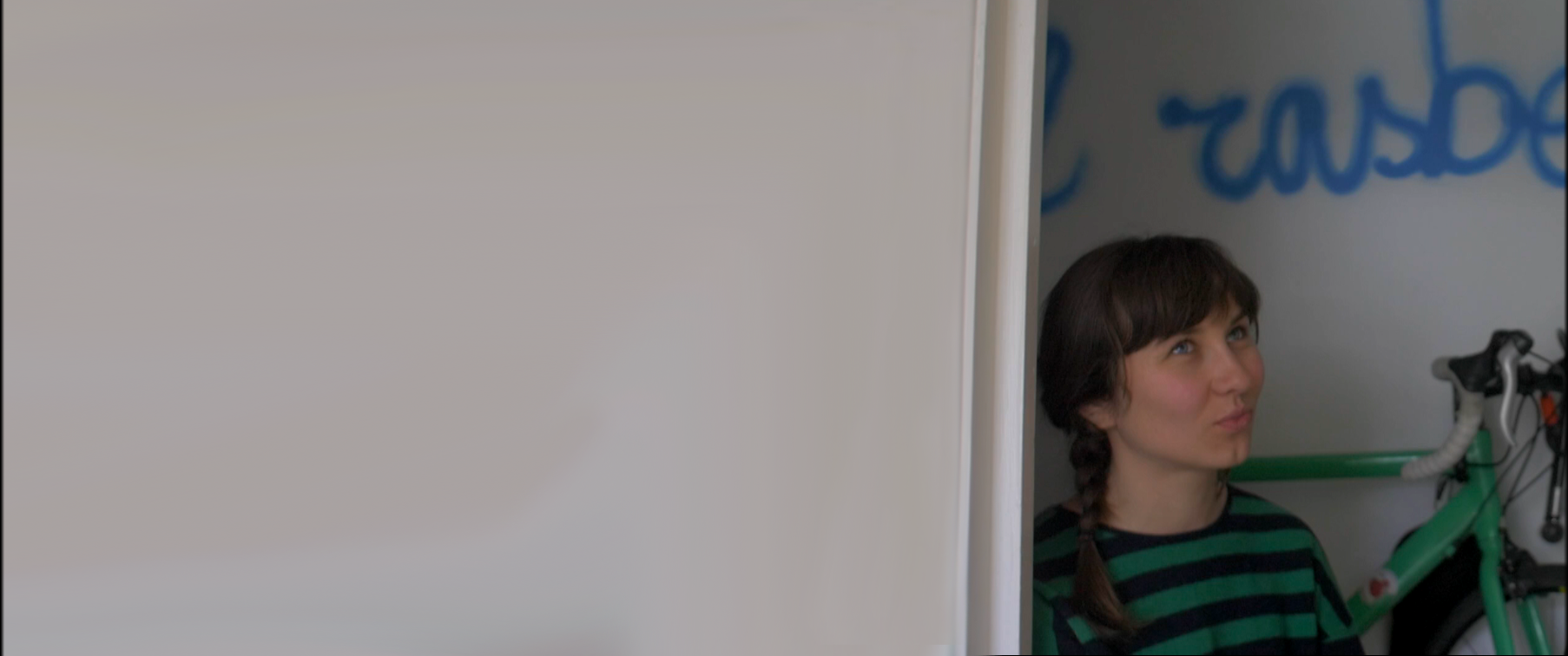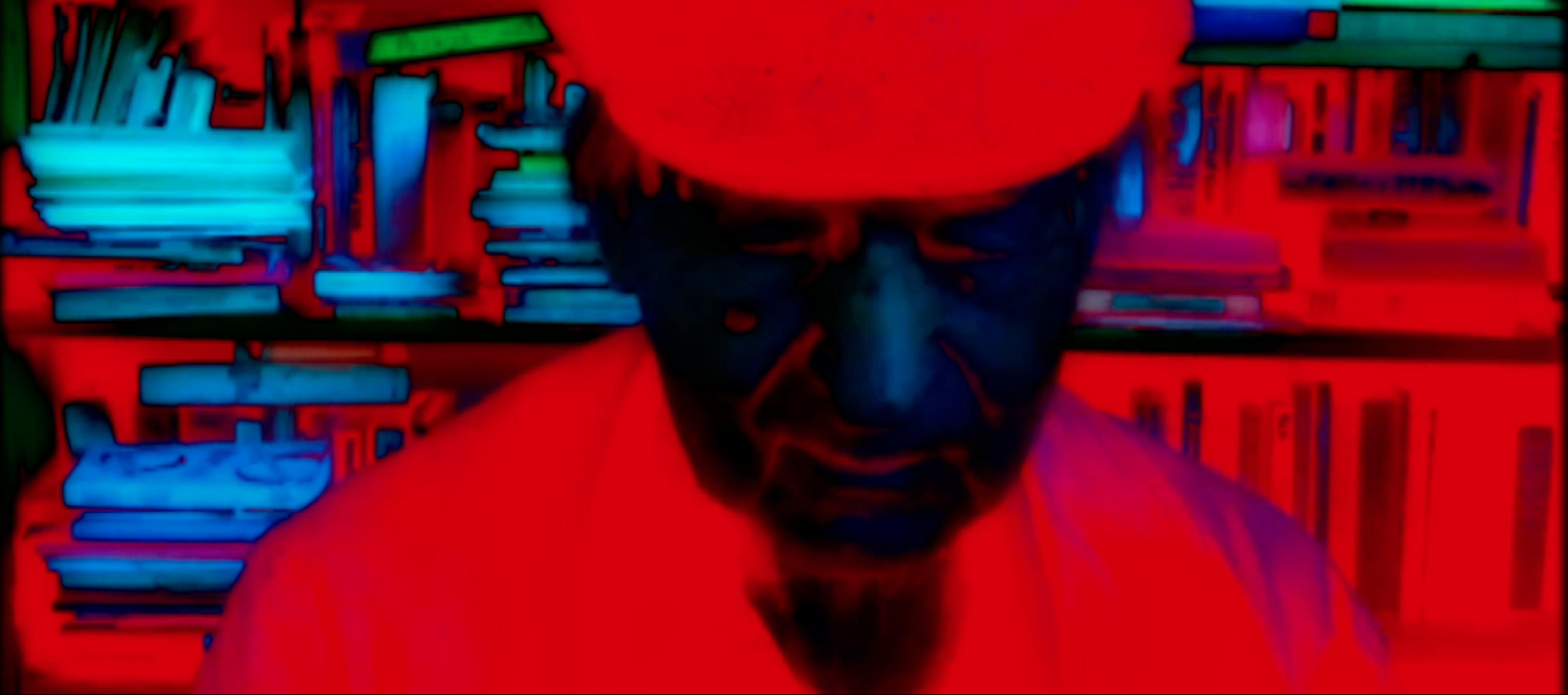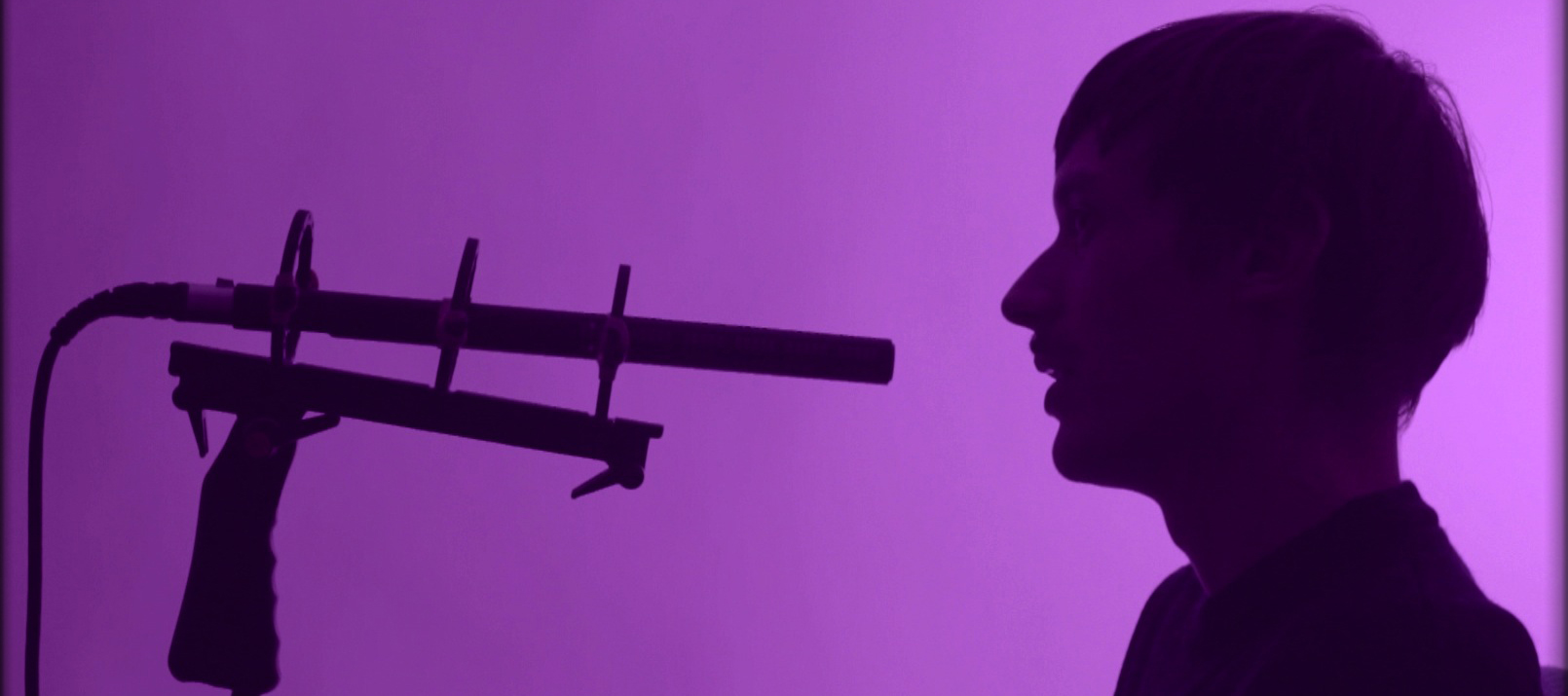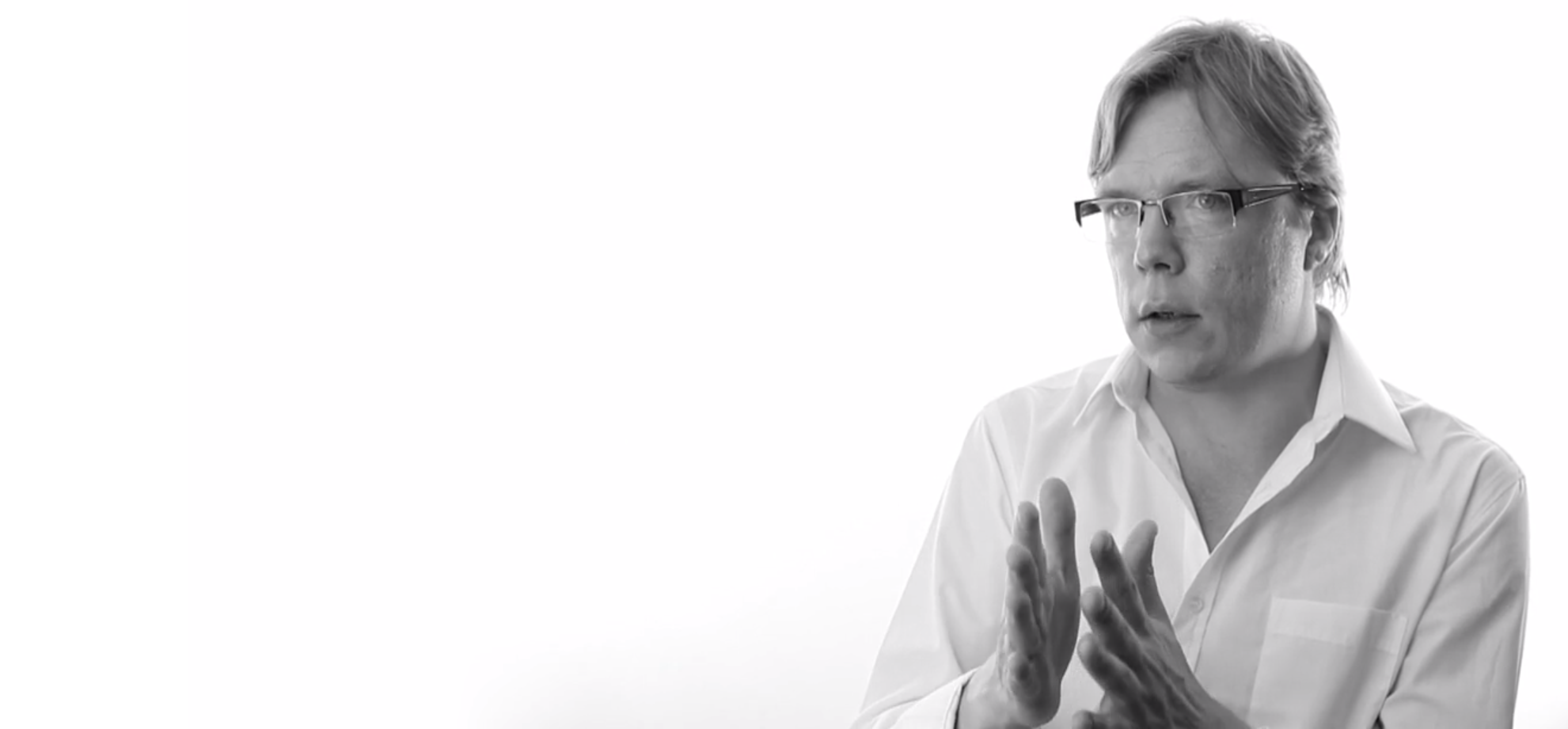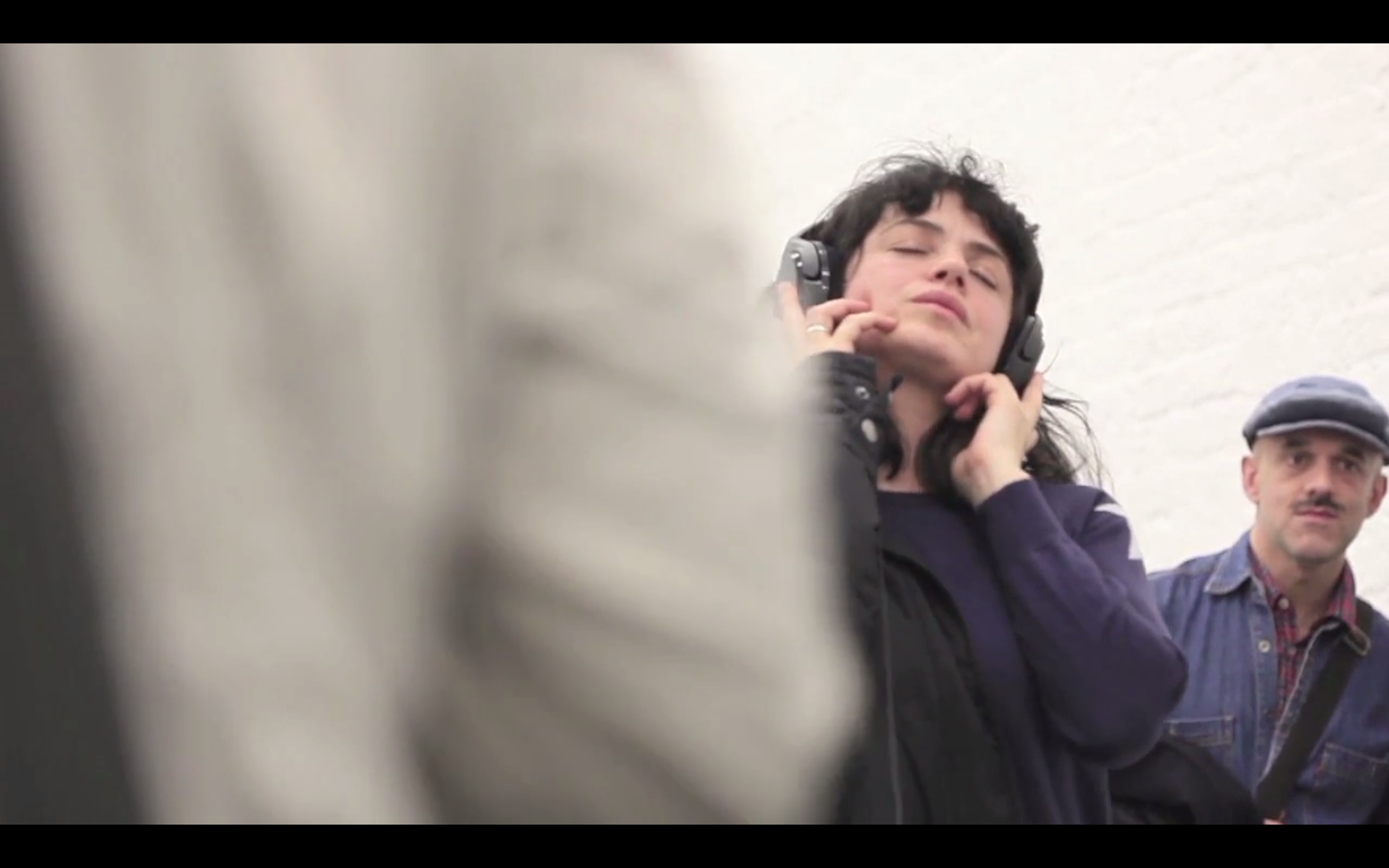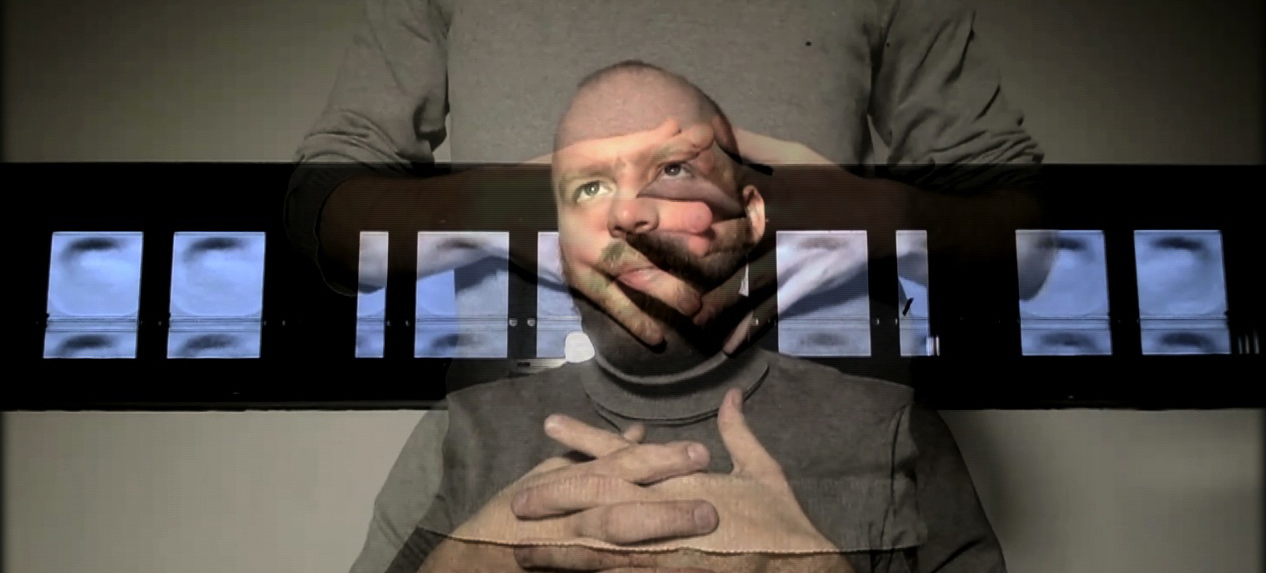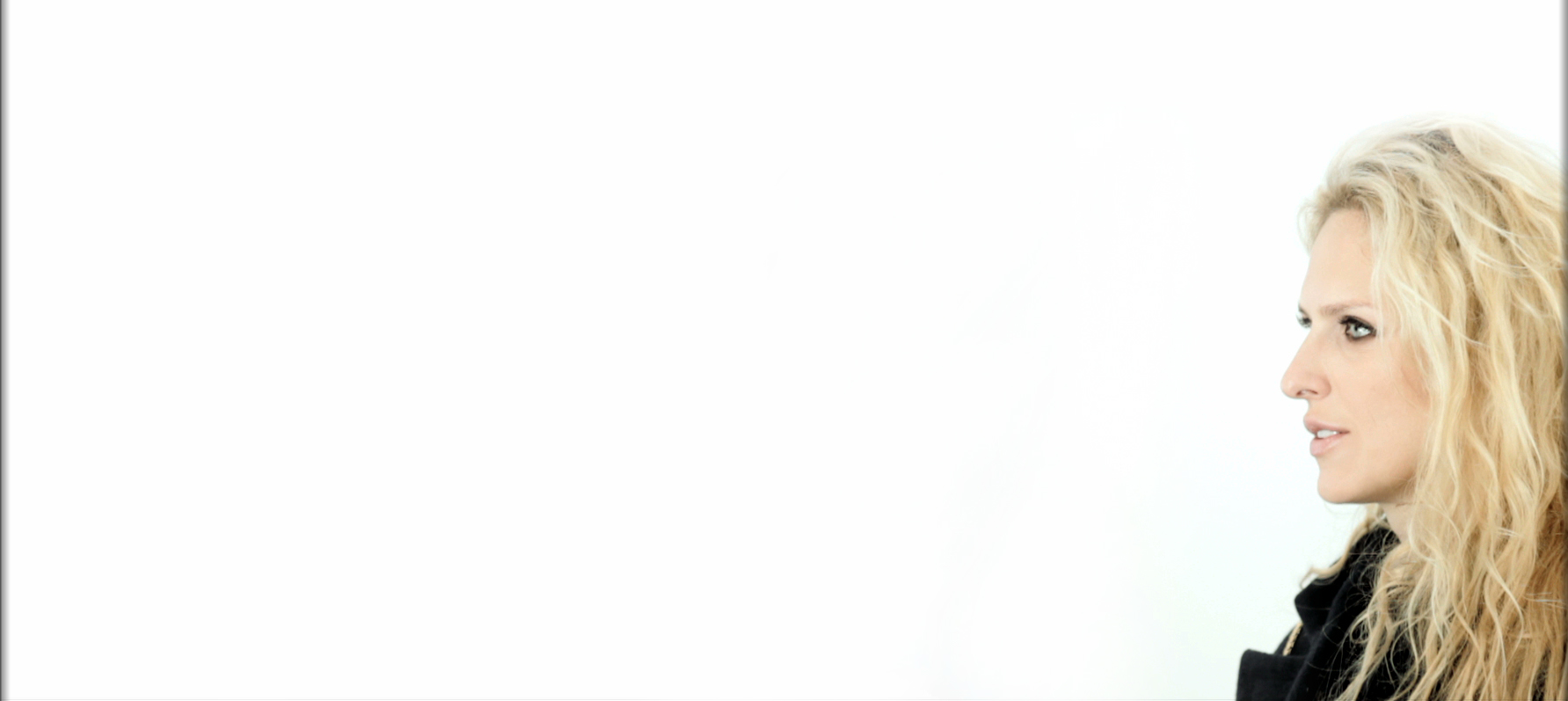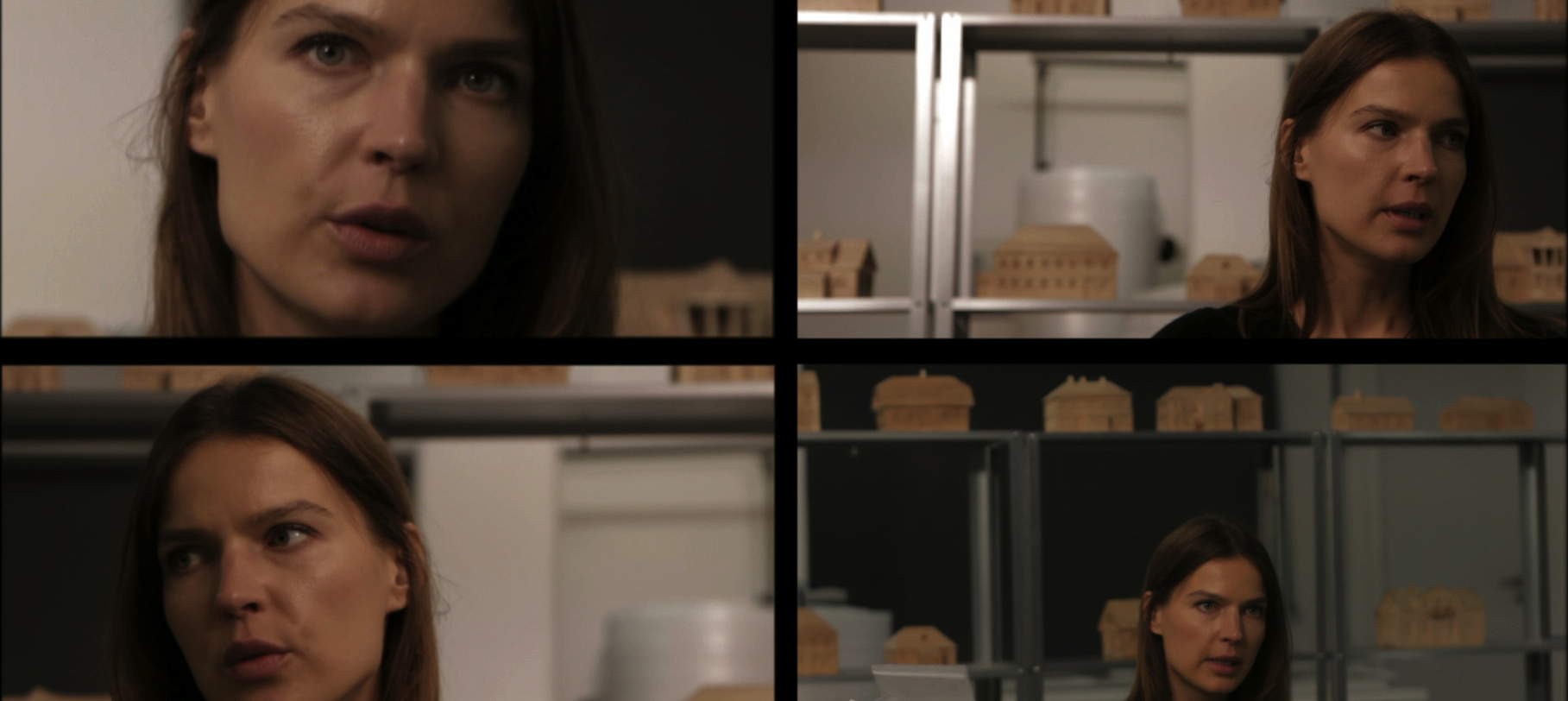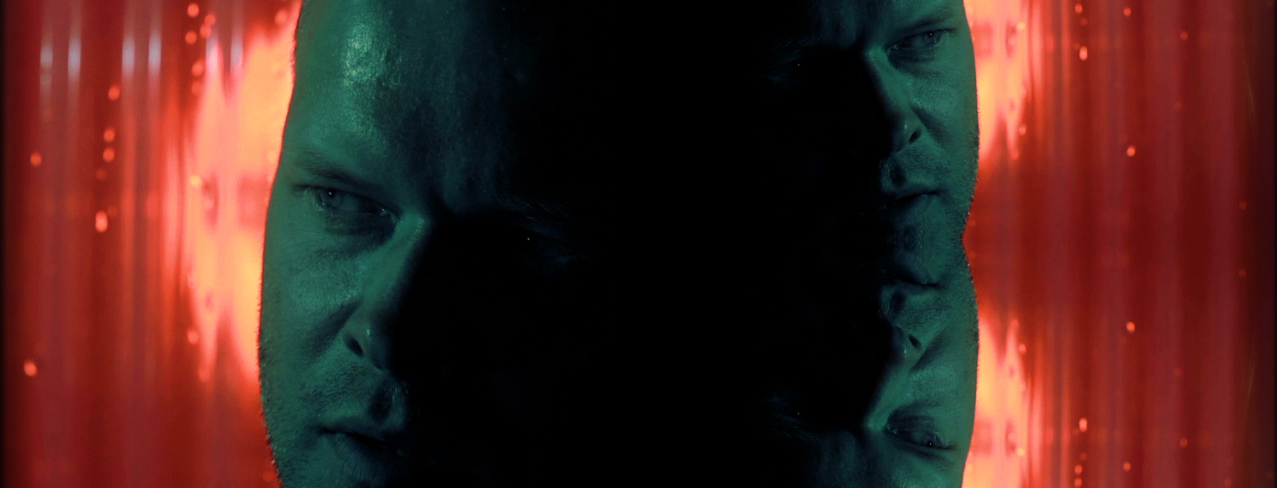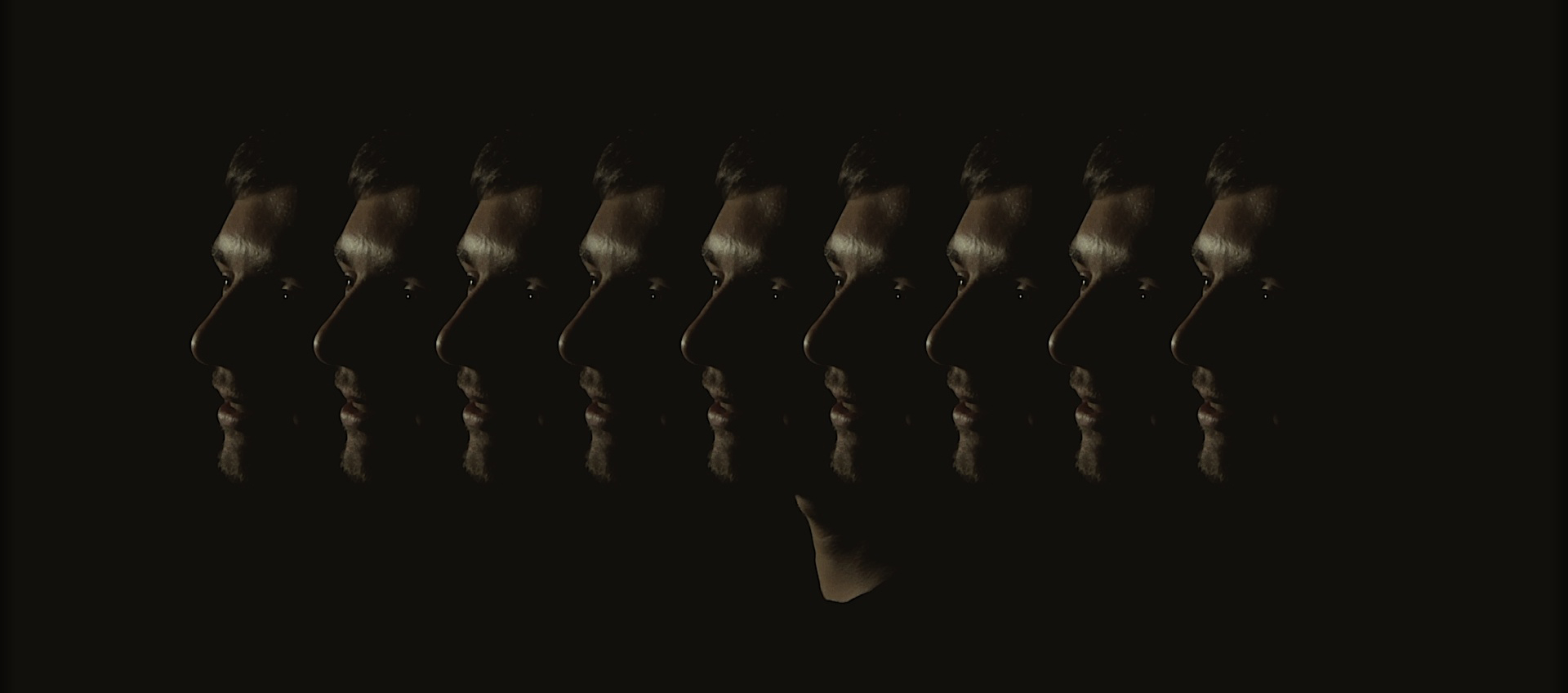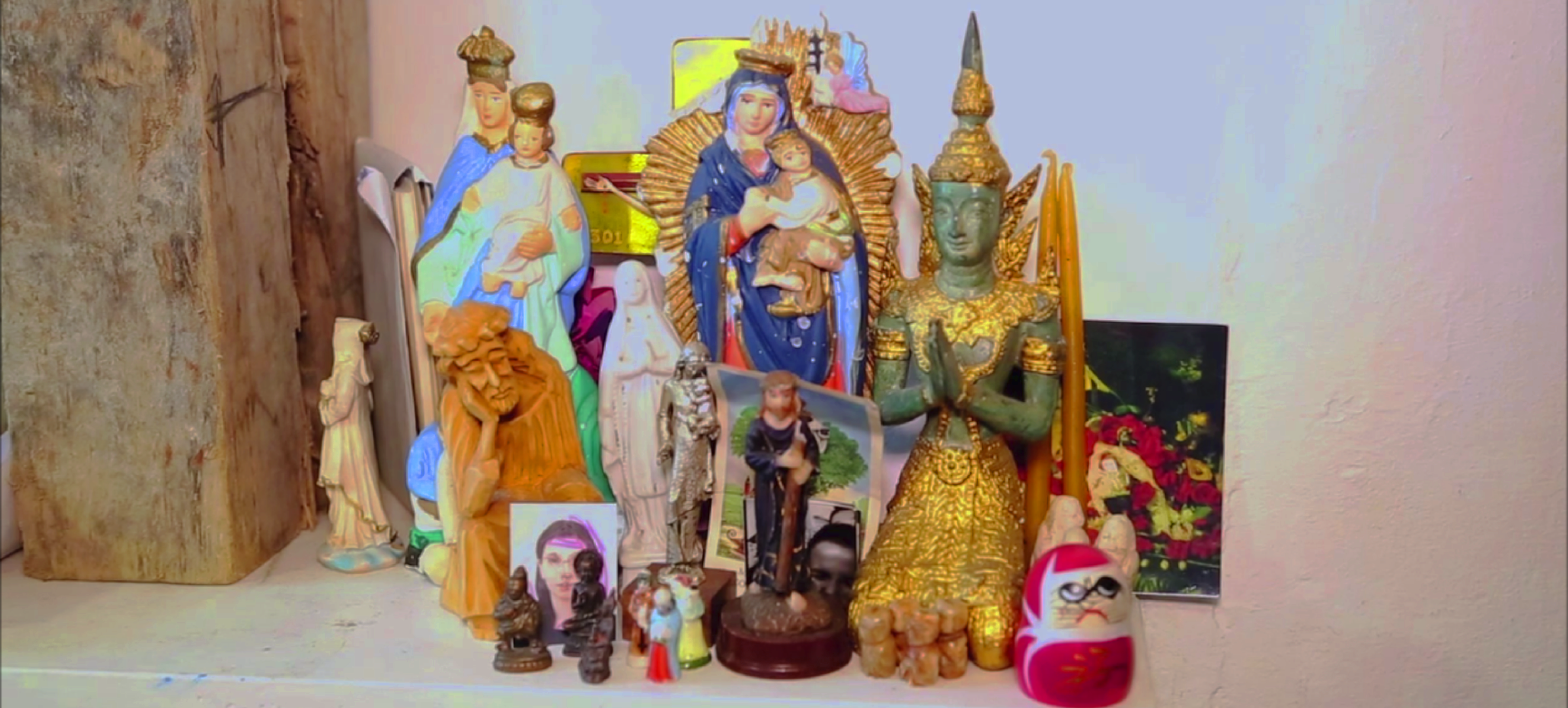“Life Is Short But Love Is Long” documents and extends a performance installation by Johnston Sheard, presented in Outset Contemporary Art Fund, London in 2018. Eight musicians, including Sheard, confined in a glass-walled room for three hours, improvise on the same chord motif. This work is part of Sheard’s ongoing project “How Can You Love Me Knowing That I Could Never Love You” – a series of vignettes in sculpture, installation, séance and a feature length musical essay film dedicated to historical lovers mortally separated by tragic circumstances. The artist creates a bittersweet graveyard comprised of shrines, with sculptures as series of totems, formed from shells and organic matter, a group of denizens halfway between life and inanimacy each representing hermaphroditic creatures.
Johnston Sheard is a London based Scottish artist. His work focuses on experimental film with scored song-cycles, and intricate sculptural constructions. He combines a baroque architectural sense with anti-digital aesthetics, creating sentimental narratives reflecting on a theological universe. Johnston Sheard is one of he founders on The Deep Splash, his artistic vision in 2015-6 helped to transmute the interview format into interpretive films, serving as works themselves.
Sheard studied in Central Saint Martins and University of Westminster. Recently he had a show at Kunstraum, London and Outset Contemporary Art Fund, London and was part of the group exhibition ‘The Future Is Certain; It’s the Past Which Is Unpredictable” in Calvert 22 Foundation, London and Blaffer Art Museum, Houston.
